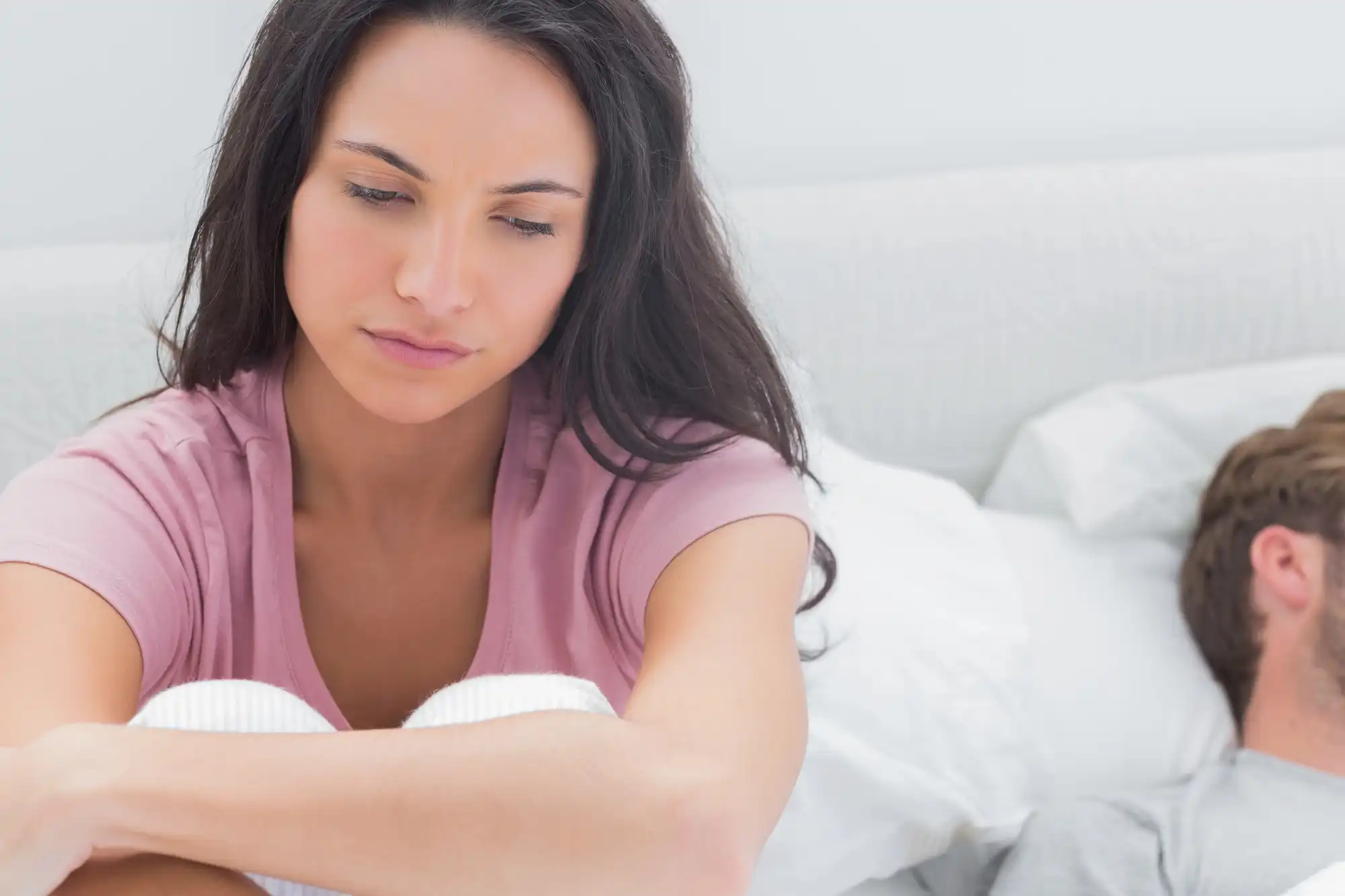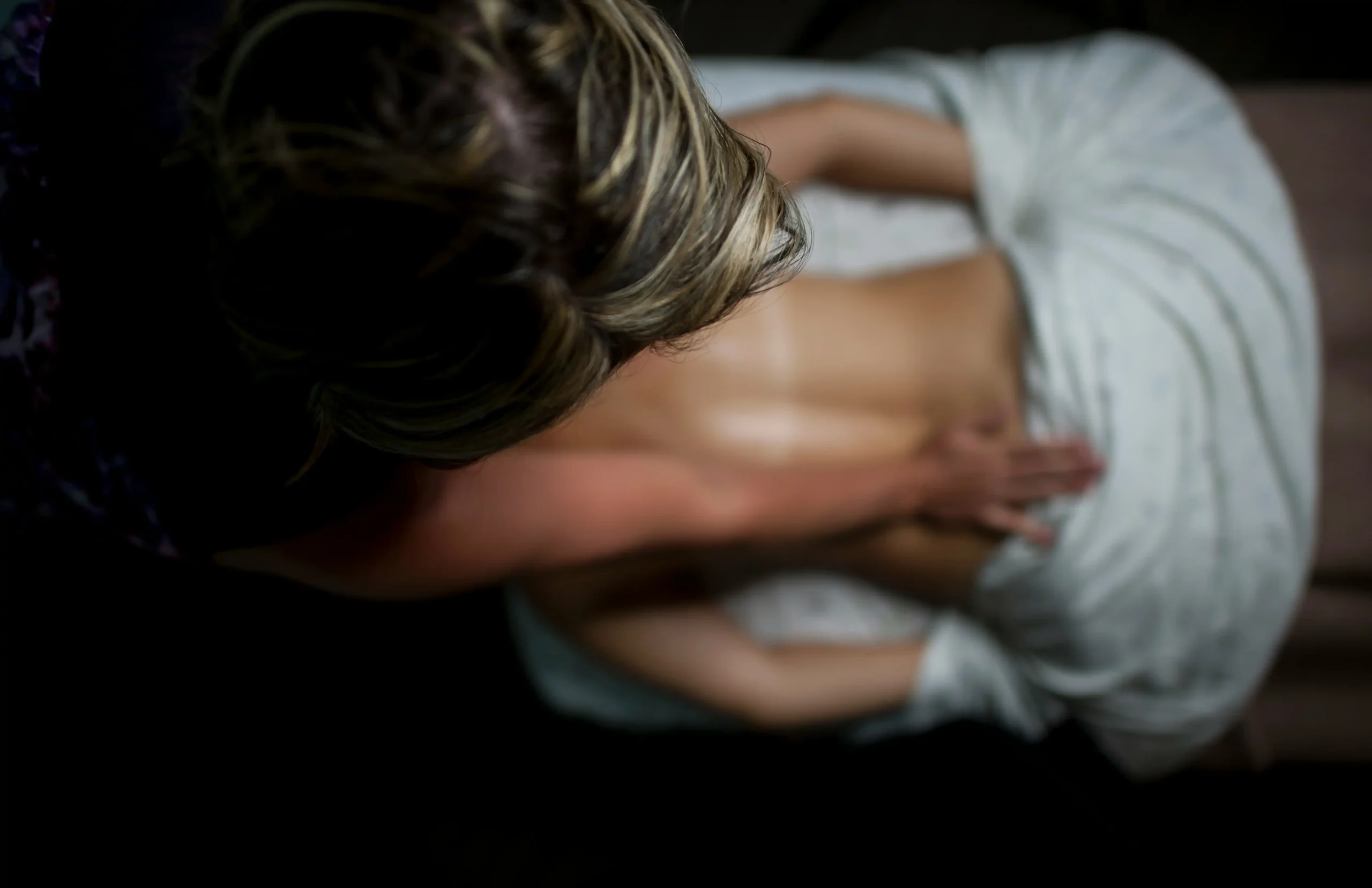Table of Contents:
- Sexual relations in couples.
- Is there a female desire?
- The power of hormones in female sexual desire.
- What the research shows.
- Libido levels and gender.
- Men tend to underestimate their partner’s sexual interest in them.
- How do Polish women rate their sex lives?
- Desire is part of life.
Sexual relations in couples.
As a couple, sexual relations enable lovers to be in a relationship at a different level of commitment than anything else they may know: friendship, filial, parental, etc., relationships. This is the main reason why sexuality is so important to the couple. It allows her to be in the dynamics of life, to live. What is said during sex, whether in words or gestures, brings one closer together in the act of pleasure. However, in order to experience this together, mutual trust and the associated sense of security are essential. And feeling desire together.
According to Dr. Mireille Bonierbale, psychiatrist, sexologist and editor-in-chief of the journal Sexologies “The definition of normal desire is problematic, its origin remains a mystery, which is defined by its absence. Questions from patients about loss or lack of sexual desire abound. Thus, loss of desire is the first reason for consultation for women, while it is only in fifth place for men“.
There are known factors that come into play in the different varieties of sexual desire: age, education, culture, gender, feelings, lifestyle, hormones, health, neurotransmitters, social and religious prohibitions…. Questions remain: why do some people have them and others don’t? Why the differences in intensity between the sexes? Women’s sexual satisfaction is related to affectivity, intimacy and communication with their partner. A woman has to go through feelings to make love, while a man often has to make love to access feelings. Sexual desire remains a personal and unique experience. One can list the factors that shape, facilitate or block the mechanisms of female sexual desire and that make this intimate balance oscillate: parental attitudes and prohibitions toward sexuality, religious beliefs that generate guilt, myths and irrational fears about masturbation, certain sexual positions and practices; an altered body image or one that does not conform to cultural ideals. It is much more pleasant to make love when sexual desire is present in both partners. However, many women do not fully experience desire. Desire in women is related to many factors and is a subtle mix between hormones, the vibration of her couple, her education, her various marital experiences and what she experiences in her life in general.
Editorial recommends: Sex of mature women – what is sex after 50?
Is there a female desire?
Desire refers to the motivations that push us to have sex. In other words, it’s about libido or sexual appetite, but it’s also about strong desires, which can sometimes be experienced. This sexual appetite varies depending on the person, age, mood, etc. So sex is not fundamentally the deciding factor: there is no real difference between female desire and male desire. It is other factors that are more decisive in analyzing these differences. Desire activates sexual excitement, but it is not necessarily before it. Indeed, it is possible to start sexual activity without experiencing a particular desire and to begin to develop it when you are aroused. Finally, desire also determines the fantasies and behaviors one will adopt during sexual intercourse: eroticism, etc.

A misconception that has persisted for centuries is that men are naturally more interested in sex than women. This propensity for sexual intercourse would make their sexual appetite higher than that of women. However, we now know that this is false and that female sexual desire works the same way as male sexual desire. Both men and women have desires, fantasies and wants that change during the periods of life.
Similarly, the myth that women with strong desire are rare stems from this misconception. In this case, too, it turned out to be a misunderstanding. There are as many women as men who are very sexually active, and this is often balanced in couples. In both men and women, sexual desire is manifested by physical and physiological symptoms. Thus, desire initially causes attraction. When we lust after someone, we are sexually attracted to that person or a detail in that person (voice, smell, face, etc.). This attraction then acts as a kind of magnet that pushes us to experience sexual desire. Finally, desire is also a source of sexual activation, which can be translated as arousal. This phase corresponds to the preparatory period before intercourse, which puts the body and mind in disposition for sexual activity. In men, excitement causes the penis to harden. In women, although the symptoms are more discreet visually, arousal also occurs physically (sweaty hands, feeling of heat, rapid heart rate, etc.) and mentally.
The power of hormones in female sexual desire
Libido is commonly equated with sexual desire and is influenced by many factors, among which hormones play an important role. In women, desire and libido evolve during the cycle under the influence of hormones. In addition, genital sensitivity is conducted through the same nerve pathways in men and women. At the brain level, the expression of sexual motivation, libido depends on various hormones: dopamine, oxytocin, prolactin and the sex hormones estrogen and androgens. All of these hormones can have a positive or negative effect on libido. Our hormones affect our mood, but also our desire, our pleasure and our sexuality in general. They are what make a man or woman. Varying by gender, sex hormones enter a “boiling” state from puberty onward. Responsible for reproductive functions, they affect our daily lives to a greater or lesser extent.
The days of greatest desire in women are those that precede ovulation. This is normal, these are the days of highest fertility. At this time there is a hormonal peak of estrogen, which may explain this more present desire. All diseases that interfere with hormone levels can affect sexuality. This is because most hormones interact with each other. When the balance is broken, it often affects sexuality.
What the research shows.
A team of researchers from the University of California, Santa Barbara, has demonstrated the effect of hormones on female desire. This study, published in the journal Hormones and Behavior , may help develop treatments for women suffering from lack of libido. Ovarian hormones, estrogen and progesterone, provide coordination women’s cycle and prepare The endometrium for embryo implantation. The cycle is organized in two phases, follicular and luteal, between which we find ovulation, the crucial moment when the egg cell is ready to receive a spermatozoid. The estrogen spike occurs about two days before ovulation, then progesterone levels rise steadily before falling at the end of the cycle. American researchers were interested in the effects of these two hormones on sexual appetite. This study examined several young women’s menstrual cycles in detail. Each day, the researchers asked them about their sexual practices and desires and took saliva samples. They were able to measure the concentration of progesterone, but also estradiol, a hormone in the estrogen family. With this data, the team was able to compare ovarian hormone levels during the cycle with sexual appetite. The results show that estradiol and progesterone have two opposite effects on desire: the former increases it, the latter decreases it. Accordingly, libido peaks around the peak of estrogen, that is, near ovulation…. Subsequently, sexual desire decreases when progesterone levels increase. In addition to these two types of ovarian hormones, women produce testosterone in small amounts, ten times less than men. This testosterone is sometimes used as a drug to combat lack of desire. The authors therefore also analyzed the effect of this hormone on libido, but found no correlation.
Libido levels and gender.
An English study found that after the first year in a relationship, twice as many women as men lost interest (for at least three months) in sex with their partner. Cynthia Graham, PhD, of the University of Southampton, along with colleagues from several London universities, analyzed the responses of 4839 men and 6669 women between the ages of 16 and 74. The results were published in the journal BMJ Open. The study confirms that all age groups can be affected by a prolonged lack (at least 3 months in the past year) of interest in sex. Certainly slightly fewer between the ages of 16 and 24 (one in ten men, one in four women), but at a relatively steady rate over the next five decades: nearly one in seven men; more than one in three women. After the first year of a couple’s life, the risk of lack of libido begins to increase significantly in women (x1.5), and then doubles from the fifth year.

The belief that men naturally have a stronger libido than women is much more prevalent among women (40% believe it) than among men (10% believe it), and holding on to it increases women’s risk of losing their appetite for sex. The opposite is true for men. These figures are consistent with data from a survey conducted two decades ago (under an analysis published in 2002) among 7,500 students (19-32 years old) from 15 German universities. There has been a striking increase in the number of women who often say they feel a lack of interest in sex (from 9% in the first year of the couple to 17% from the third year onward), while the rate remains extremely low (around 1%) among men. After a period of bed experimentation, most couples tend to favor a certain sexual scenario (the types of sexual acts practiced and their sequence). It is possible that the sexual consensus reached more or less quickly by the couple is more often beneficial to the man than to the woman, especially when the scenario focuses exclusively on penetration. For University of Florida psychologist Roy Baumeister, women show greater erotic plasticity, adapting more to men than men to women. Having a child under 5 at home multiplies by 1.5 the risk of lower libido for the mother, but not for the father. As for the lack of communication (it’s easy to talk about sex with your partner), it increases the risk of losing libido more strongly in women than in men. The English study challenges the accepted idea that men’s sexual desire is basic or even primary and less sensitive to the context of the relationship than women’s. Our study, the authors write, “highlights the importance of relational context in understanding the lack of interest in sex in both men and women.” The fact of “not feeling emotionally close to the other person during sex” or “not being happy in your relationship” is therefore a factor for lower libido in both sexes. Finally, a depressed state or very poor health affect sexual desire.
Read also: Ikigai- live happily ever after in Japanese.
Men tend to underestimate their partner’s sexual interest in them.
Professor Amy Muise and her colleagues at the University of Toronto Mississaugaa in Canada have just filled this gap in the Journal of Personality and Sexual Psychology. And their observation is clear: men underestimate their partner’s libido. “This is the opposite attitude (overestimation) that we observe at the beginning of meetings, but we suspected a different perception of sexual desire in long-term relationships” – explains Professor Muise. This is confirmed by a series of three experiments conducted by Canadian scientists. Each time, 229 couples were recruited, a priori without sexual problems, with an average duration of marriage of one month to 39 years.
The willing couples were asked to keep a (separate) diary for 21 consecutive days that recorded their sexual activity, their partner’s level of desire (on a scale of 1 to 7) and the level they took in their partner (toward them). In this little game, women were much better than men. While women’s assessment was generally correct, men tended to underestimate the sexual desire their partner felt.
The work of Professor Muise and her colleagues also reveals an unexpected impact of this misperception on marital satisfaction.“We found that on days when men underestimated their partner’s sexual desire, their partner reported better satisfaction,” – says the researcher. By what mechanism? Researchers say it may be that by underestimating their partner’s interest, men are more motivated to arouse them, in other words, to make efforts to seduce.
How do Polish women rate their sex lives?
96 percent. surveyed Polish women say they are sexually active, although most have sex less than once a month. More than 80 percent. say they openly discuss their sexual needs with their partner, but only 7 percent. tells their partner that they feel like having sex, while only 6 percent. Confesses to him what excites them. Most of those surveyed report satisfaction with their sexual experience (among women aged 18-24, the average rating is 7.5 out of 10), but more than half of them fake an orgasm to shorten a boring intercourse or to avoid offending their partner. These are the results of the “Sexual Map of Poland” report created on behalf of Gedeon Richter. Almost all of them admit that they like to make love, but only a few initiate rapprochement. As much as 70 percent. Women have sex because of encouragement or under pressure from their partner. Or even just to give him pleasure. Polish women rarely seek professional help to solve their intimate problems. As many as 44 percent. admitted that their main source of information about sex is talking to their partner, and for 36 percent. websites. Books and guides are reached by 22 percent. women, as many talk about sex with a friend. Only one in ten Polish women consults a doctor or sexologist.
A report on the sexuality of Poles by Prof. Zbigniew Izdebski, in turn, showed that as much as 43 percent. Polish women aged 50-59 admitted to having only little, very little or no sexual needs.
Desire is part of life.
Men are not the only ones with sex drives. In her life, a woman feels strong sexual urges that make her want to make love to her partner. Attributing this exclusively to the ugly sex is not justified at all. A woman is only subject to varying hormone levels more than they are. In her lifetime, a woman experiences strong sexual urges at puberty and during ovulation. This explains the difficulties of some adolescent girls who find it hard to accept these sudden changes and impulses that they have difficulty controlling. But these impulses also give the gift of awakening some women in whom sexual desire has been asleep for a long time. Women who have locked themselves into a marital routine thinking that they don’t miss sex and that they can give it up without harm.





